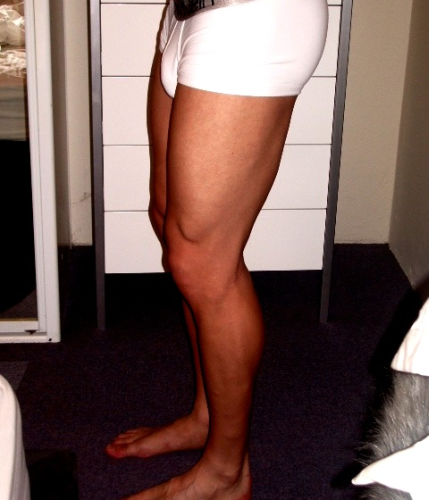Whether you already row or are considering rowing to keep in shape, lose weight, cross-train for another sport, compete on the water or rehabilitate from injury or surgery, rowing is the complete exercise for you.
Arms, legs, chest, back, abs—even your mind. Your whole body gets a complete workout from the efficient, rhythmic motion of rowing. Rowing is such a great exercise in so many different ways.
* Low-impact (easy on the knees and ankles)
* High calorie burner (because it uses so many muscle groups)
* Great for joint health (joints move through a wide range of motion)
* Upper body (completes the stroke)
* Lower body (the legs initiate the drive)
* Works the back and abs too!
* Superb aerobic fitness (great for cardiovascular fitness)
* Relieves Stress (for overall health and well-being)
This is different from the rowing you may have done as a kid in a rowboat. The difference lies in the sliding seat. Your legs compress and extend with every stroke—in addition to the more obvious work being done by the back and arms.
Legs: You begin each stroke with your legs compressed and your shins vertical. You initiate the drive with the powerful muscles of your legs, and finish with your legs fully extended. Rowing promotes both strength and flexibility through this wide range of leg motion.
Arms: At the catch, your arms are outstretched; at the finish of the stroke, they have pulled the handle into your abdomen. As with the legs, this range of motion promotes both strength and flexibility.
Core: chest, back, abs: At the start of the stroke, the power of the legs is connected to the handle by means of the arms and the core muscles of the body. Then the back is more fully involved as it swings open through the middle of the stroke. Finally, the body is stabilized at the finish by the abdominal muscles.


